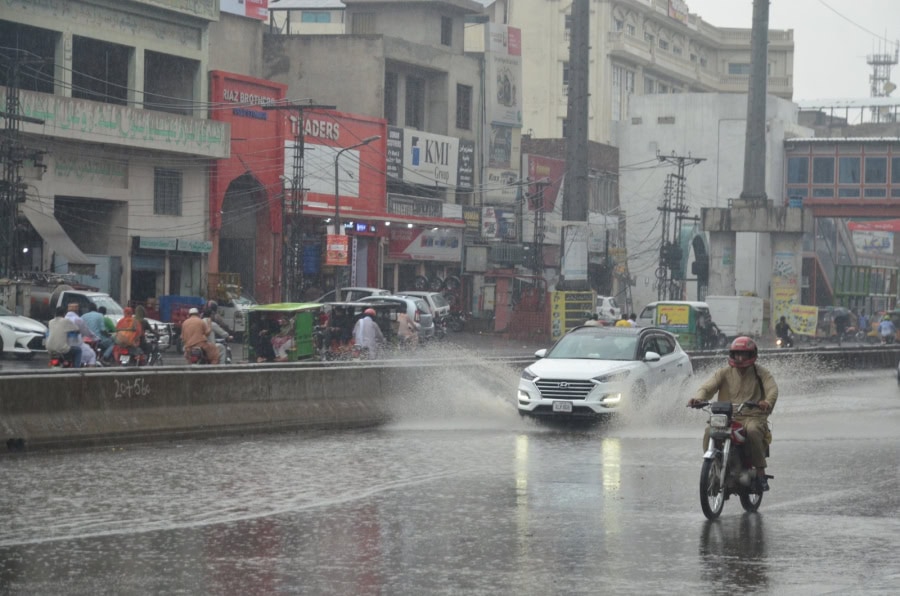ISLAMABAD – Near normal rains and above-normal temperatures are expected in Pakistan during October 2024.
As per the Pakistan Meteorological Department (PMD), the Multi-Model Ensemble (MME) analysis indicates a trend towards below-normal Sea Surface Temperature (SST) anomalies in the equatorial region.
La-Niña event onset is anticipated to commence in October 2024. Forecasts suggest that SST anomalies may reach -0.9°C in October 2024. The Indian Ocean Dipole (IOD) is in a neutral phase.
Incorporating these climate drivers and the forecasts from General Circulation Models (GCMs), PMD has predicted near-normal rains and above-normal temperatures in Pakistan during October 2024.
Monthly Rainfall Outlook: Overall a tendency for near-normal rainfall is expected in most parts of Pakistan. However, Gilgit–Baltistan, Azad Jammu Kashmir and adjoining areas of Khyber Pakhtunkhwa are expected to receive slightly below-normal rainfall.
Monthly Temperature Outlook: Temperatures are forecasted to remain slightly above normal nationwide, with maximum departure over Gilgit-Baltistan and western Balochistan.
Impacts: A reasonable amount of water is expected for standing crops and vegetables due to near-normal rainfall. This is beneficial for maintaining crop health and yield. Isolated showers/hailstorms/windstorms may disrupt the harvesting activities of Kharif crops.
A warm and humid environment would support the breeding of Dengue larvae in the country. Above-normal temperatures in upper glaciated regions may increase the risk of GLOF events at vulnerable locations.
A decline in air quality may result in smog formation in the plains of the country. Near-normal rainfall alongside above-normal temperatures heightens the risk of smog formation in urban areas.










